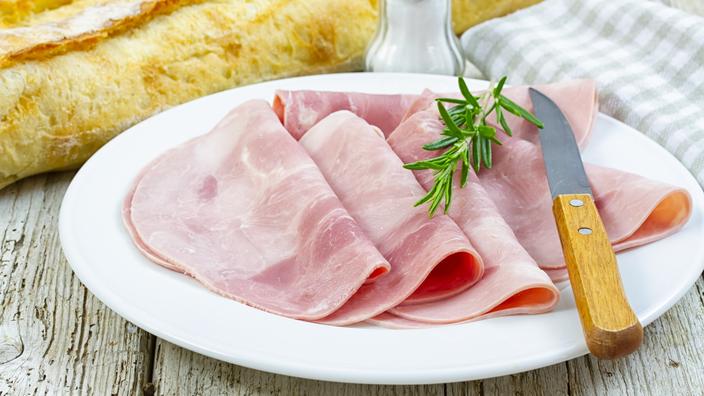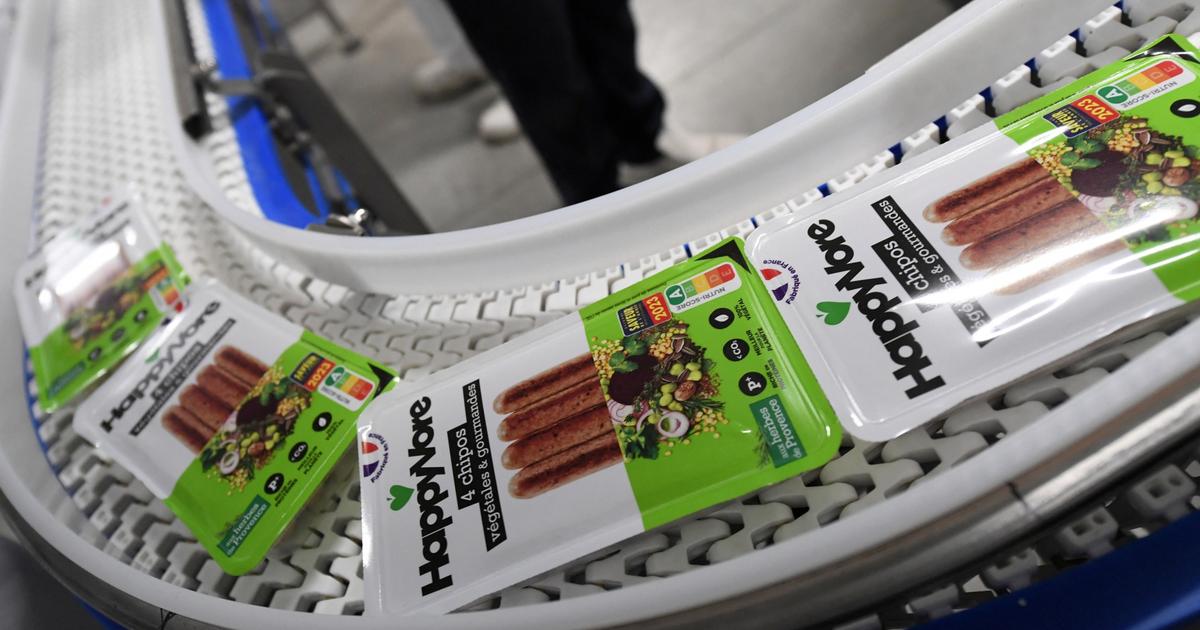The virulent war opposing deputies for more than a year and the pork-butchery industry is turning red.
This Wednesday, a very severe parliamentary report recommends the outright ban on nitrites in the manufacture of cold meats.
And this at the latest by 2025. Pointed out for their role in the appearance of certain cancers in the event of overconsumption, these additives are present in three quarters of the products of the department, according to the report.
This is both to improve the preservation of meat and prevent the appearance of microbes, have responded for years the industrialists of the sector grouped within the Fict.
Herta very present on nitrite-free
The measure will await the opinion of the French reference health agency (Anses) expected this summer, before possibly making its legislative path.
But if it were adopted, in addition to making manufacturers angry, the ban would have another direct impact on the shelves: that of changing cooked ham from pink - a color associated with freshness in customers - to gray or beige. .
A shade already taken by the “
nitrite-free
” references
launched by manufacturers such as Fleury Michon or Cooperl with its Brocéliande brand.
The latter even renamed these ranges “
Jambon Gris
” so as not to disturb customers too much.
The first to enter this nitrite-free market in 2016, Fleury Michon had moreover had all the trouble in the world to impose a visually so different product.
Since then, these greyed hams have started to make a small place, the cold cuts without nitrites having seen their sales increase from 14.5 million euros in 2017 to 103.3 million euros in 2019, of which the overwhelming majority (90 %) by Herta.
Support Fund
Another consequence according to the profession, which emphasizes having already reduced the nitrite rate in its products by 40% since 2016: the risk of scaring consumers with the resurgence of diseases such as botulism.
"
A red cloth
", answer the deputies authors of the report, Richard Ramos (Modem), Barbara Bessot-Ballot (LREM) and Michèle Crouzet (UDI), who argue that the solutions to do without these additives are certainly more expensive but well on point.
The report also clearly underlines the need to create a fund for the smallest players, on a process of change in production method which will amount to millions of euros for the entire profession (new machines, necessary increase in the quality of the meat used, lower yields ...).
Last pitfall: the expiration dates.
These will probably be divided by two or three without these very effective preservatives, to fall to about ten days on white ham.
A new change that will force consumers to increase their vigilance so as not to exceed the yellow line.
Whatever the fate of the proposal, it will be important for a sector which until then had resisted year after year to the deconsumption of animal proteins.
Practical and inexpensive, these products saw their sales in supermarkets and butchers jump by 5% in 2020 in volume and 9% in value, thanks to French people confined to their homes twice and still in massive teleworking.















